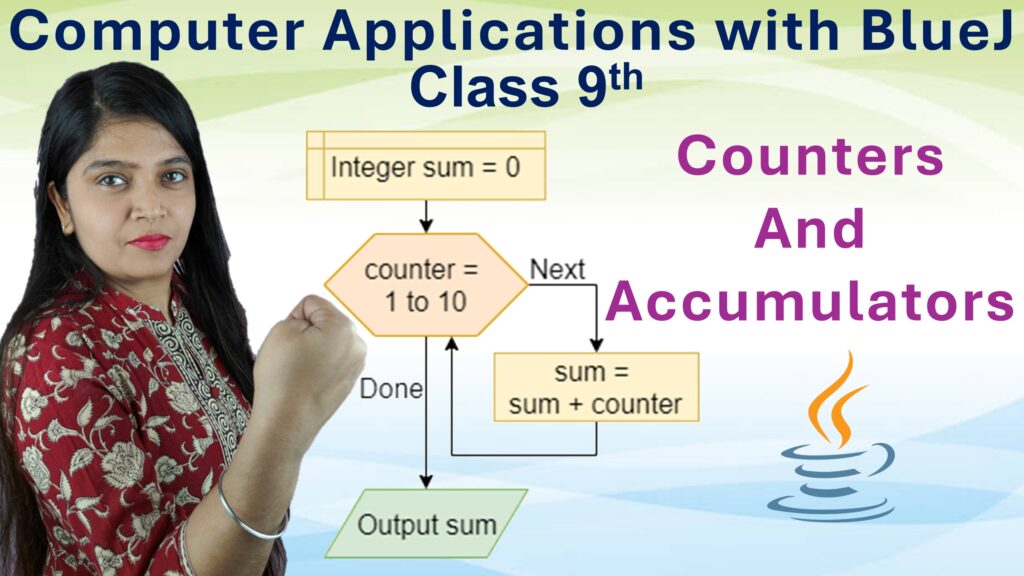Exercise: 3-G
Mental Maths
Q1: Fill in the blanks:
i. For addition or subtraction of decimals. we shall first convert them into _______.
Answer: like decimals
ii. When we multiply a decimal by 1000, we move the _______ places to the right.
Answer: Truehree
iii. When we divide a decimal by 100, we move the decimal two places to the _______.
Answer: left
iv. When we multiply two decimals, the number of decimal places in the product is equal to the ________ of the decimal places in the given decimals.
Answer: sum
v. A decimal in which of the digits in the decimal part are not repeated while all the rest are repeated, is called a ________ decimal.
Answer: mixed repeating
Q2: Write true (T) or false (F):
i. Like decimals have the same decimal parts.
Answer: True
Explanation: Like decimals are decimals that have the same number of digits after the decimal point. For example, 0.75 and 0.50 are like decimals.
ii. The part of a decimal that lies to the left of the decimal point is called the whole number part.
Answer: True
Explanation: In any decimal number, the whole number part is the portion to the left of the decimal point. For instance, in 7.45, “7” is the whole number part.
iii. When we divide a decimal by another decimal, the number of decimal places in the quotient is equal to the difference in the number of decimal places in the two decimals.
Answer: False
Explanation: When dividing decimals, the number of decimal places in the result is determined by the difference between the decimal places of the dividend and divisor. For example, when dividing 1.56 by 2.5, the quotient have three decimal places.
iv. A decimal is called a terminating decimal if its whole part is 0.
Answer: False
Explanation: A terminating decimal is one in which the decimal part ends after a finite number of digits, such as 0.5 or 1.25. The whole part doesn’t determine whether a decimal is terminating or not. For example, 3.5 is a terminating decimal, but so is 0.5.
v. A recurring decimal is one in which all the digits in the decimal part are repeated.
Answer: False
Explanation: A recurring decimal is defined as a decimal in which a digit or sequence of digits repeats itself indefinitely, not necessarily all digits in the decimal part. For example, 1/3 = 0.333… (the digit 3 repeats), or 1/6 = 0.1666… (the digit 6 repeats), or 1/11 = 0.090909… (the sequence 09 repeats).







Leave a Comment